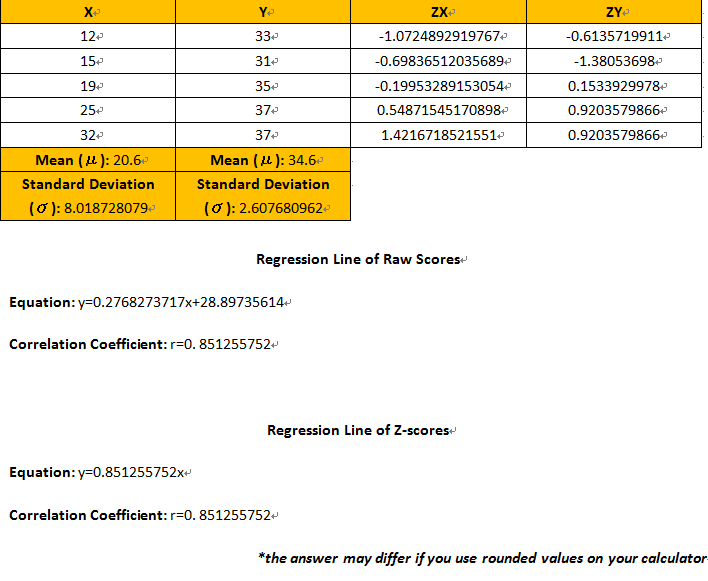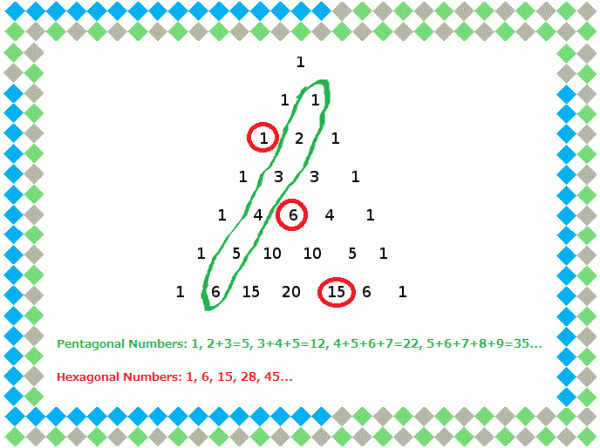Ever wonder why the normal distribution is ubiquitous? To answer this question, one must understand the power of the central limit theorem. The central limit theorem can be considered as the most profound but simple concept in the world of mathematics. This theorem applies to any type of distribution whether it is discrete or continuous. To explain the power of this theorem, it is best to look at the simulation shown below:
The simulation reveals the idea that the sample distribution of the sample means will form a shape of a normal distribution. This holds true regardless of the type of distribution examined. The number of sample sets that need to be collected in order to observe this trend is usually thirty which corresponds with the fact that the repeated sampling formula can only be applied when there are at least thirty samples.
Repeated sampling is also related to the central limit theorem because it states that the samples drawn from a normal population will form a normal distribution, when creating a distribution of sample means. This is the same as the power of the central limit theorem observed in the simulation above. However, the key difference between repeated sampling and the central limit theorem is that repeated sampling is limited to the fact that it only considers the normal distribution, or a distribution that is normalized, while the central limit theorem applies to all types of distribution. Hence, it is apparent that repeated sampling is part of the central limit theorem. The fact that, in the simulation above, the value of the mean is the same regardless of the n-value also supports the point that repeated sampling is related to the central limit theorem. Since, in repeated sampling, the population mean equals to any sample mean, regardless of the n-value (μ x bar= μ). Furthermore, the same pattern can be observed when finding the sum of the samples in each sample set.
In this way, the central limit theorem ties all types of distribution under the normal distribution.



















